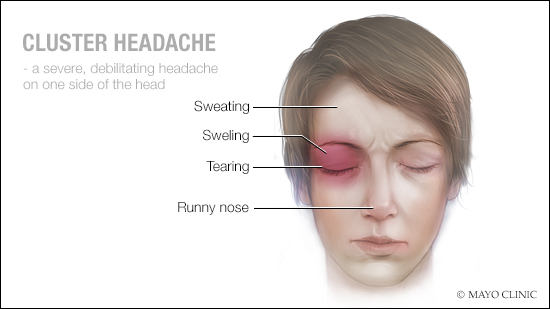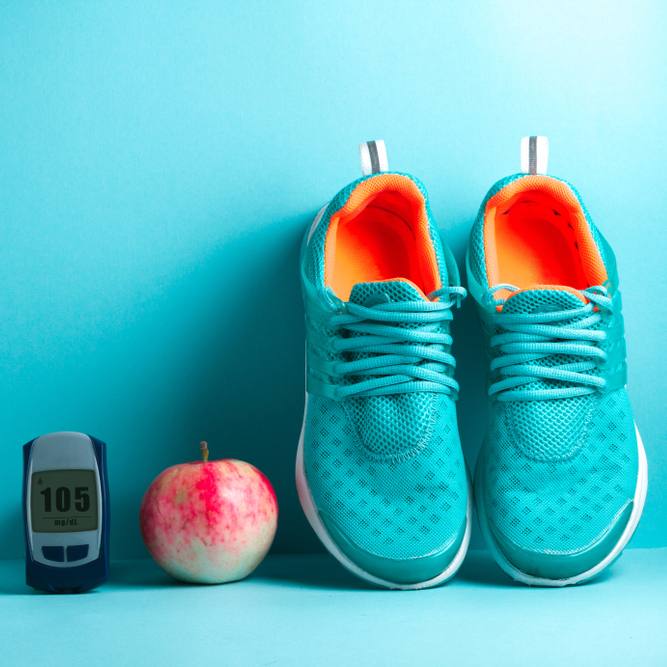-
Mayo Clinic Q and A: Oxygen treatment can relieve cluster headaches
 DEAR MAYO CLINIC: I had an extremely painful headache that was diagnosed as a cluster headache in the emergency department. I was treated with oxygen, and the pain disappeared. Is it common to treat headaches with oxygen, or is this a treatment specific to this type of headache?
DEAR MAYO CLINIC: I had an extremely painful headache that was diagnosed as a cluster headache in the emergency department. I was treated with oxygen, and the pain disappeared. Is it common to treat headaches with oxygen, or is this a treatment specific to this type of headache?
ANSWER: If you have cluster headaches and begin having a painful attack, a common and established therapy is using 100 percent oxygen delivered with a face mask. This often relieves the pain within about 15 minutes. Although oxygen has been investigated for treating migraine, there’s no good evidence supporting this use. Oxygen isn’t known to be useful in other types of headaches.
Cluster headaches are very severe, debilitating headaches on one side of the head that last for 15 minutes to three hours when untreated. On the same side as the headache, there often is redness of the white of the eye, tearing from the eye, stuffiness or runny nose, swelling of the eyelid, and abnormal sweating of the forehead or face. It is common for there to be a sense of restlessness or agitation during a cluster attack.
Cluster headaches typically occur at the same time each day, including attacks that awaken people at night. These headaches are called cluster headaches because they often occur in bouts of frequent attacks (cluster periods) that can last from weeks to months, usually followed by remission periods that can last for months and sometimes years.
The cause of cluster headaches isn’t completely understood. That said, the pattern of these types of headaches suggests that abnormalities in the body’s biological clock could play a role, likely mediated by a part of the brain called the hypothalamus.
When available, oxygen is usually the preferred therapy for a cluster headache attack. Oxygen has no side effects and can work quickly. It can be administered in an emergency department setting or at home using an oxygen cylinder and regulator that can be kept at home. When the oxygen cylinder is not readily available, such as when outside the home, medications called triptans can be used. Since the treatment of a cluster attack must work quickly, use of an intranasal or injectable triptan typically is preferred over tablets taken by mouth. (adapted from Mayo Clinic Health Letter) — Dr. Todd Schwedt, Neurology, Mayo Clinic, Phoenix







